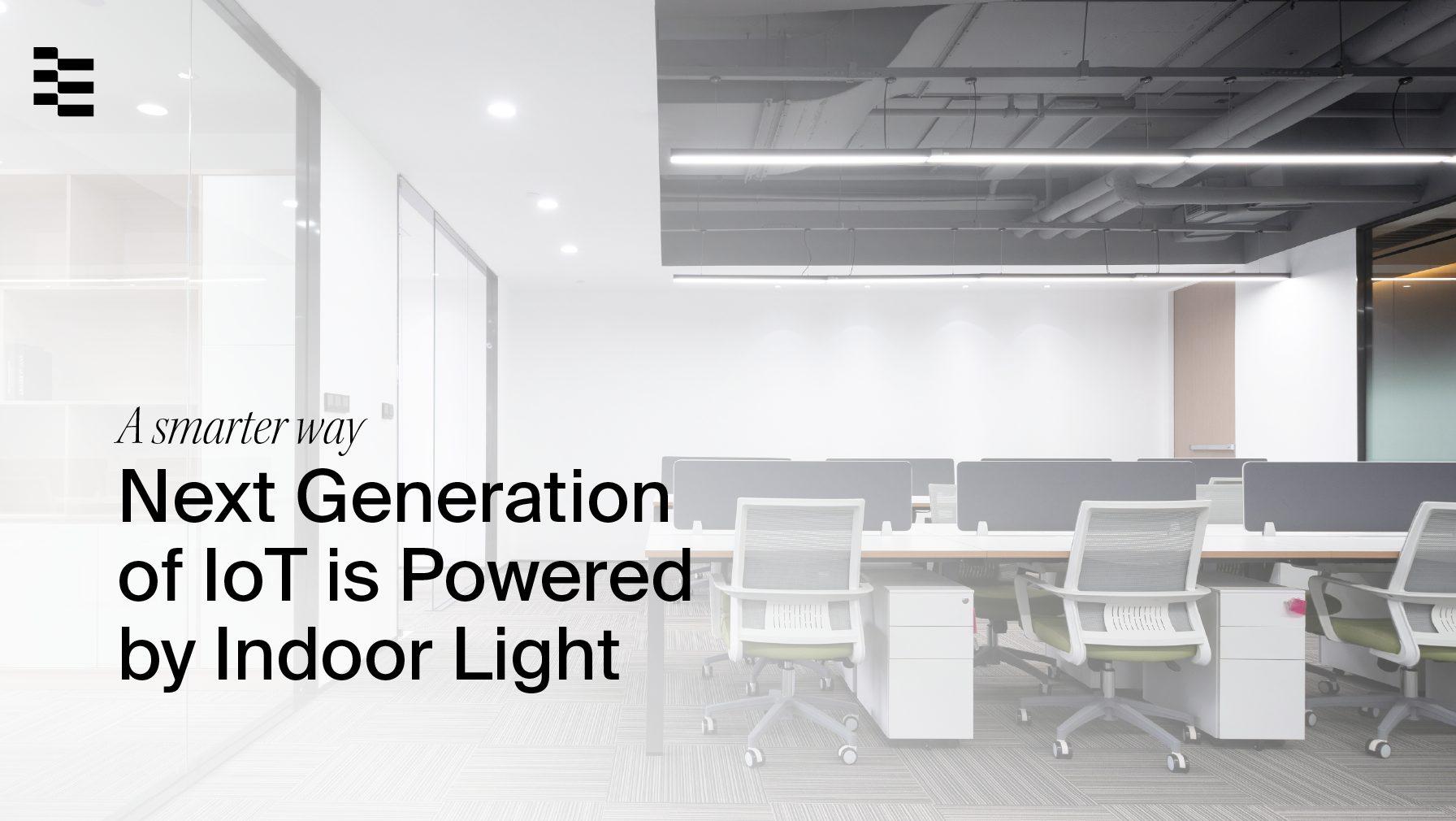The world is constantly evolving. Cities grow, populations rise, and technology moves forward at lightning speed. Every day, we’re asked to deliver more, faster, smarter, and more efficiently, while using fewer resources. Energy is the keyword in this global balancing act. It powers our homes, our workplaces, and our lives. And yet, many devices still rely on disposable batteries when there are better solutions out there.
The building sector, one of the largest contributors to global CO2 emissions, offers enormous potential for energy efficiency. Facility management is under increasing pressure to become smarter, more sustainable, and more cost-effective. Owners and operators are expected to deliver energy savings, meet strict ESG targets, improve indoor air quality, and optimise the use of space, while keeping operational costs under control.
A self-powered solution that eliminates batteries and wires
Light-powered devices are inevitable in the shift toward smarter, greener buildings, monitoring everything from air quality to motion. By capturing energy from indoor light, these sensors reduce reliance on batteries and wires, making buildings more efficient, sustainable, and responsive. With a light-powered solution that doesn’t require trade-offs, one that fits seamlessly into existing spaces, scales effortlessly, and quietly removes one of the biggest roadblocks: power.
Powering IoT with indoor light
Epishine develops and produces printed organic solar cells in Sweden, specifically designed to power indoor electronics with ambient light. This groundbreaking technology opens entirely new possibilities for product design, scalability, and environmental performance. It enables a wide range of maintenance-free, smart devices across the building sector and beyond.
Smart Buildings
One such product is the fully self-powered CO₂ Display lite LoRaWAN, developed by MClimate, an IoT company focused on sustainability, comfort, and energy savings. This device measures temperature, humidity, CO₂ levels, and motion in the room, and continuously transmits real-time data to the BMS or IOT platform, powered entirely by light.
The LoRaWAN display enhances indoor air quality without compromising on reliability. The device is in use across various building types — from schools and universities to hospitals, care homes, residential complexes, and office spaces — helping monitor and optimise indoor climate conditions.
“Installation is quick and hassle-free thanks to the device’s wire-free and battery-free design — a key advantage for buildings that need to remain fully operational during upgrades,” says Mirena Dimova, CMO at MClimate. By leveraging real-time data from the sensors, building managers can actively monitor, control, and improve indoor environments for occupants while also generating valuable insights to support ESG reporting.


